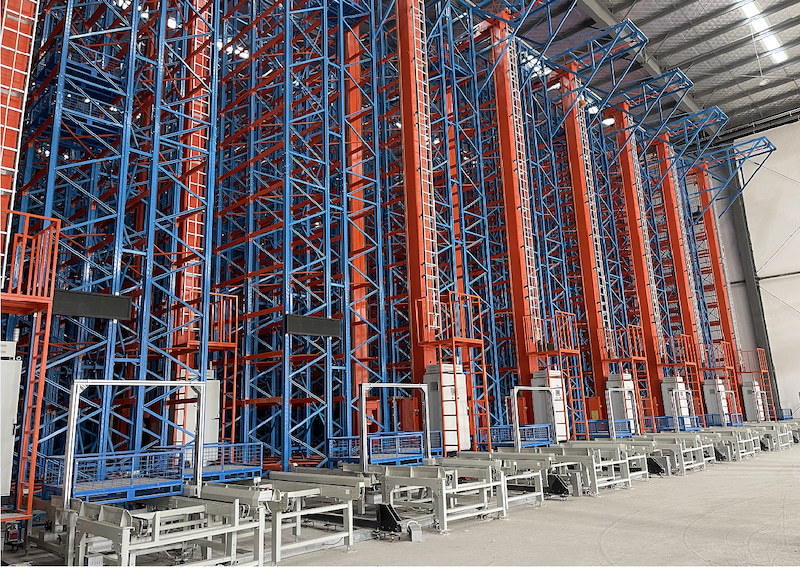Warehouse automation trends refer to the latest developments and advancements in technologies and practices used for automating various processes within warehouses and distribution centers. These trends aim to improve efficiency, accuracy, and productivity in warehousing operations while reducing costs and human error. Some notable warehouse automation trends include:
1. Robotics and Autonomous Mobile Robots (AMRs): The use of robots and AMRs for tasks such as picking, sorting, packing, and transportation within warehouses is becoming increasingly prevalent. These robots are often equipped with sensors and AI capabilities to navigate and perform their assigned tasks. They can work alongside human operators or operate autonomously.

2. Artificial Intelligence (AI) in Warehouse Management Systems (WMS): AI is being applied to WMS software to optimize inventory management, demand forecasting, route planning, and order fulfillment. AI algorithms can analyze large amounts of data and make intelligent decisions, leading to more efficient warehouse operations.
3. Internet of Things (IoT) and Sensor Technology: IoT devices and sensors are used to monitor and track inventory, equipment, and the overall environment within warehouses. These devices provide real-time data on inventory levels, location tracking, temperature, humidity, and more, enabling better asset management and proactive decision-making.
4. Warehouse Control Systems (WCS): WCS software is designed to control and optimize the flow of materials, inventory, and tasks within a warehouse. It integrates with various automation technologies, such as conveyors, sorters, AS/RS (Automated Storage and Retrieval Systems), and robots, to ensure smooth operations and efficient resource utilization.
5. Augmented Reality (AR) and Virtual Reality (VR): AR and VR technologies are being adopted for training warehouse personnel, optimizing picking processes, and assisting in order fulfillment. AR-enabled smart glasses or handheld devices provide real-time information, visual cues, and instructions to warehouse workers, improving accuracy and speed.
6. Warehouse Drones: Drones are being used for inventory tracking, scanning barcodes, conducting stock audits, and even assisting with order picking in large warehouses. Drones can access areas that are difficult for humans to reach quickly, enhancing overall warehouse efficiency.
7. Cloud-based Warehouse Management: Cloud computing enables secure storage and access to warehouse data, WMS platforms, and other software applications from anywhere, thereby increasing flexibility and scalability. Cloud-based systems also facilitate real-time collaboration and integration with other business systems.
These trends represent the ongoing evolution of warehouse automation, driven by advancements in robotics, AI, IoT, and connectivity technologies. By adopting these trends, organizations can achieve greater operational efficiency, cost savings, improved accuracy, and enhanced customer satisfaction in their warehousing operations.

Add: RM. 1204, BLDG.-2, NEW SPACE DEVELOPMENT CENTER, NO.126 TIANYUAN RD., JIANGNING, NANJING, CHINA.
Copyright 2025@ Jiangsu Kingmore Storage Equipment Manufacturing Co., Ltd All Rights Reserved.
Sitemap
| Blog
| Xml
| Privacy Policy
 Network Supported
Network Supported